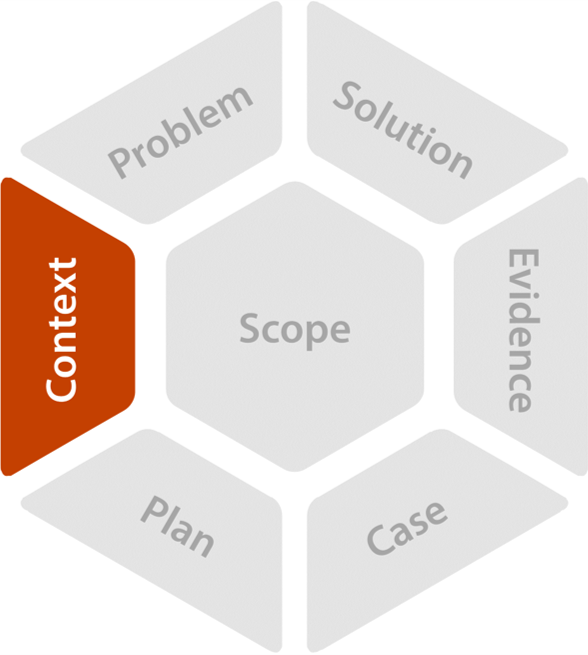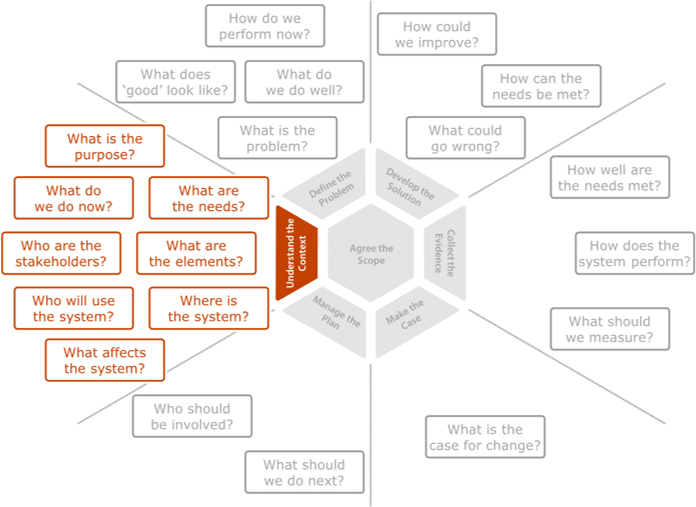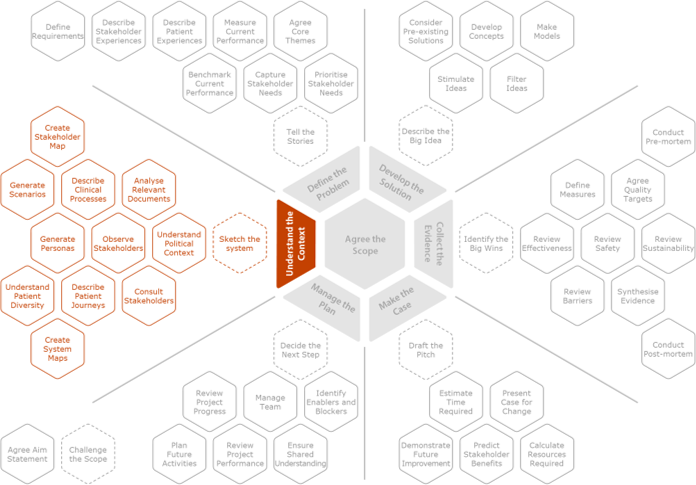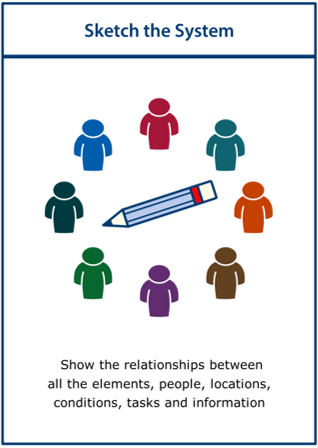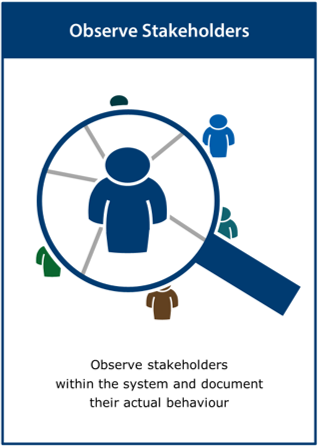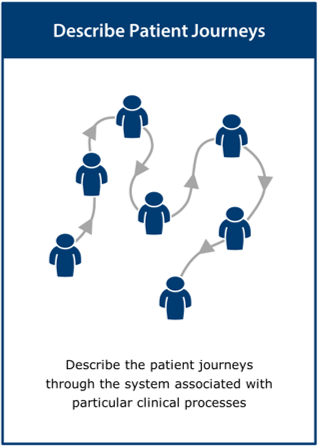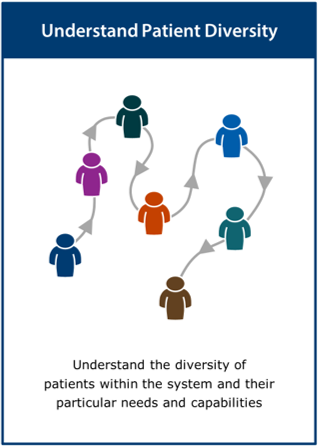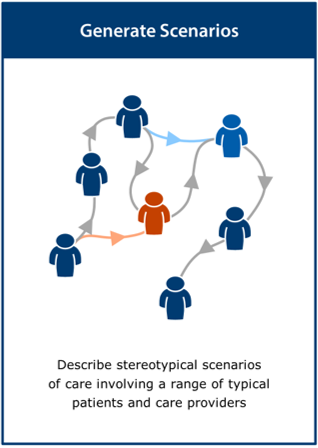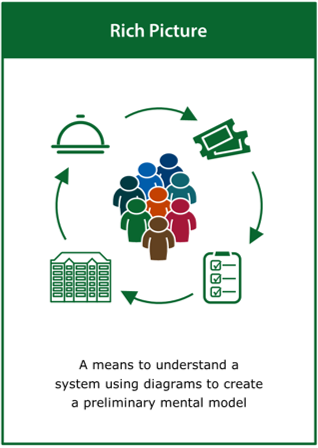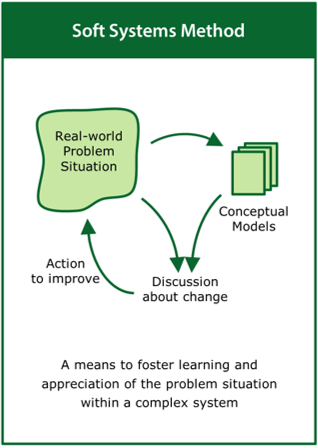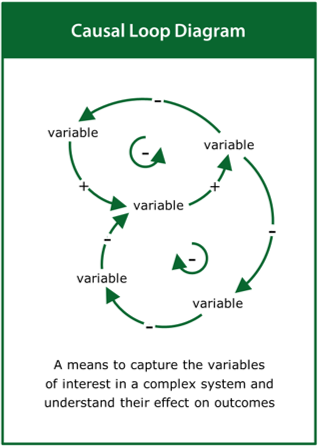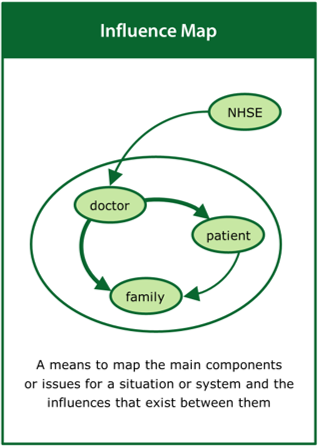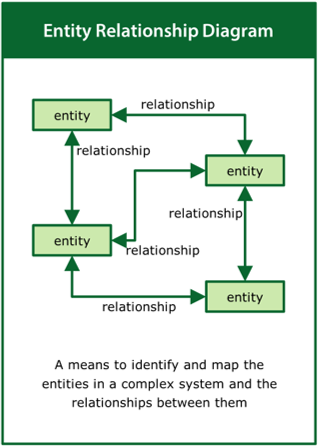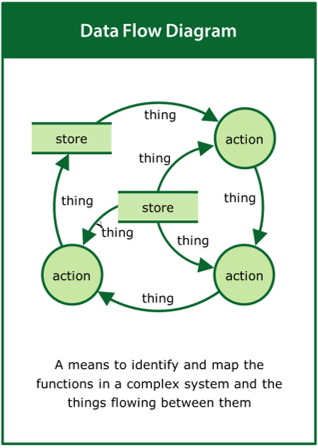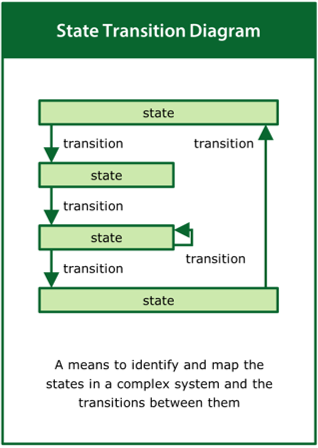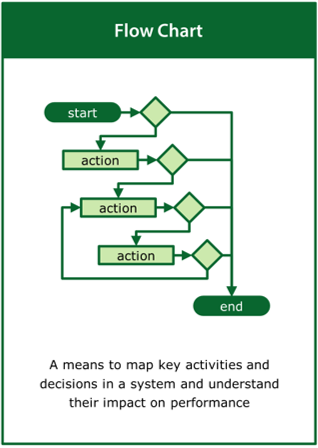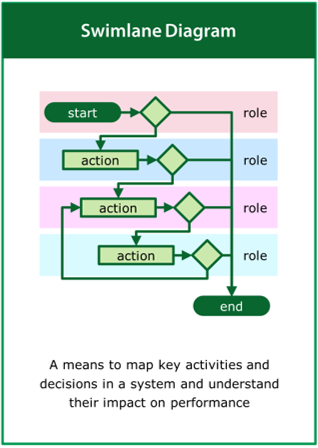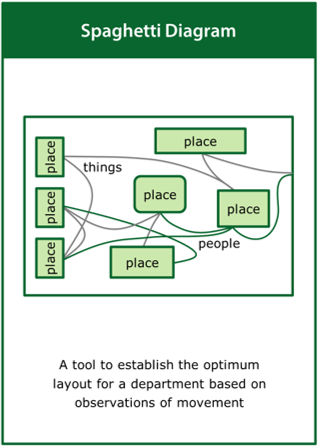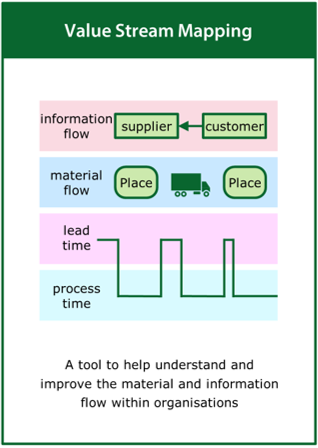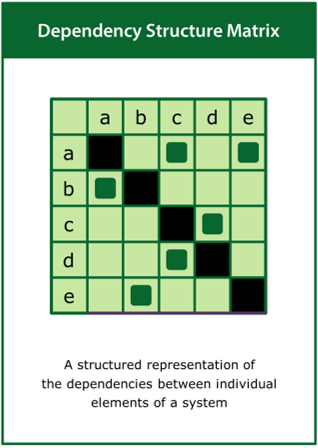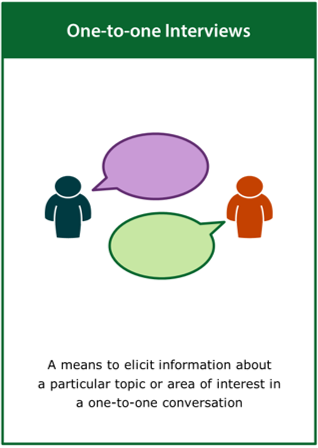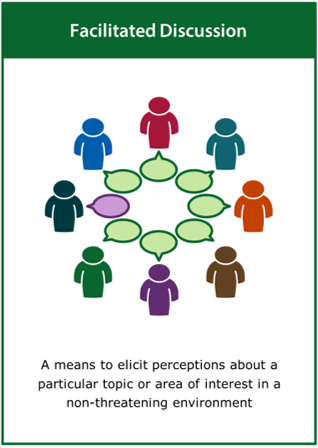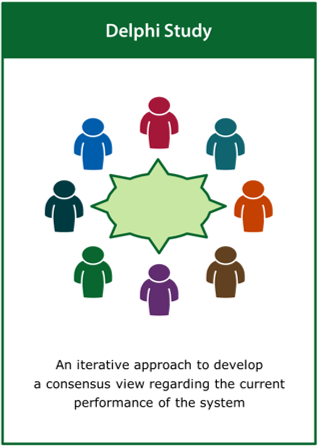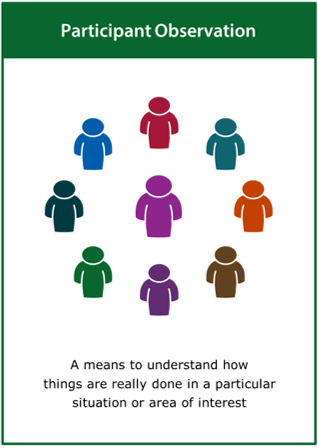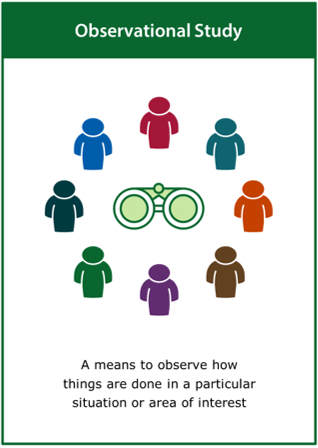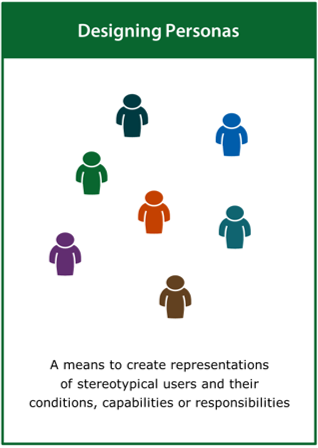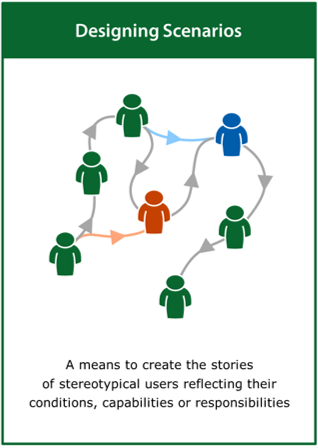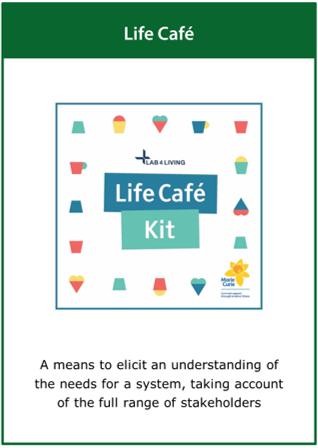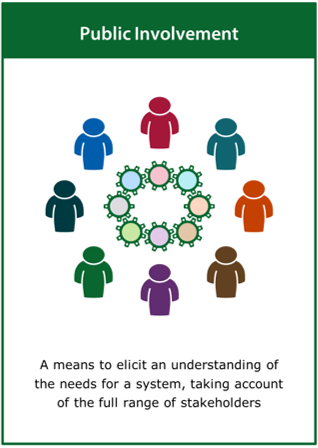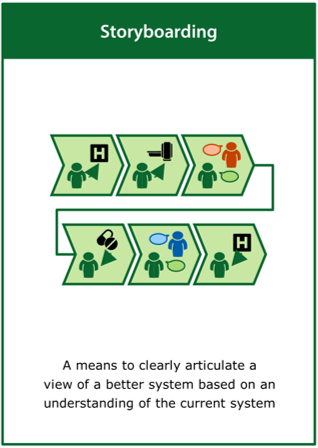The context describes the circumstances or setting that surround a system and all the factors that could influence the system and its improvement.
Contents
Introduction
The need to Understand the Context is the first of the seven strands in the improvement model. It underlines the importance of understanding the context of the system to be improved, as a precursor to defining the problem, developing the solution and collecting the evidence. As a result, it is expected that such understanding will be developed in the early stages of the improvement process and revised, as appropriate, as the process develops.
Purpose
Understanding the context has particular relevance to systems: reflecting the position of the system of interest among other related, adjacent systems; capturing the intended purpose of the system; describing the people and things that make up the system; and analysing the current performance of the system.
Activities
The process of understanding the context may include a wide range of activities including, but not limited to: Understand System Context, Analyse Relevant Documents, Observe Stakeholders, Consult Stakeholders, Describe Clinical Processes, Describe Patient Journeys, Create System Maps, Create Stakeholder Map, Understand Patient Diversity, Generate Personas and Generate Scenarios.
In the Initiate and Understand stages of the improvement process, a preliminary activity, Sketch the System, provides a useful starting point. It may also be relevant for the Co-design, Delivery and Sustain stages, where the context should be reviewed and updated to support the changing priorities of the latter stages of the improvement process.
More detail on each of these activities is given in the understand the context part of the Activities section (within Resources)
Tools
The practice of understanding the context may draw on a wide range of tools including, but not limited to: Literature Review, Soft Systems Method, Causal Loop Diagram, Entity Relationship Diagram, Data Flow Diagram, State Transition Diagram, Flow Chart, Swimlane Diagram, Spaghetti Diagram, Value Stream Mapping, Dependency Structure Matrix, One-to-one Interviews, Facilitated Discussion, Delphi Study, Participant Observation, Observational Study, Designing Personas, Designing Scenarios, Public Involvement and Storyboarding.
More detail on each of these activities is given in the understand the context part of the Tools section (within Resources)
Use the Questions Map poster to identify the key questions that would help to deliver the outputs required.
Alternatively, use the Stage Activities poster to identify the improvement activities that would help deliver the outputs required.
Activities
Tools
Feedback
We would welcome your feedback on this page:
Privacy policy. If your feedback comments warrant follow-up communication, we will send you an email using the details you have provided. Feedback comments are anonymized and then stored on our file server
Read more about how we use your personal data. Any e-mails that are sent or received are stored on our mail server for up to 24 months.


